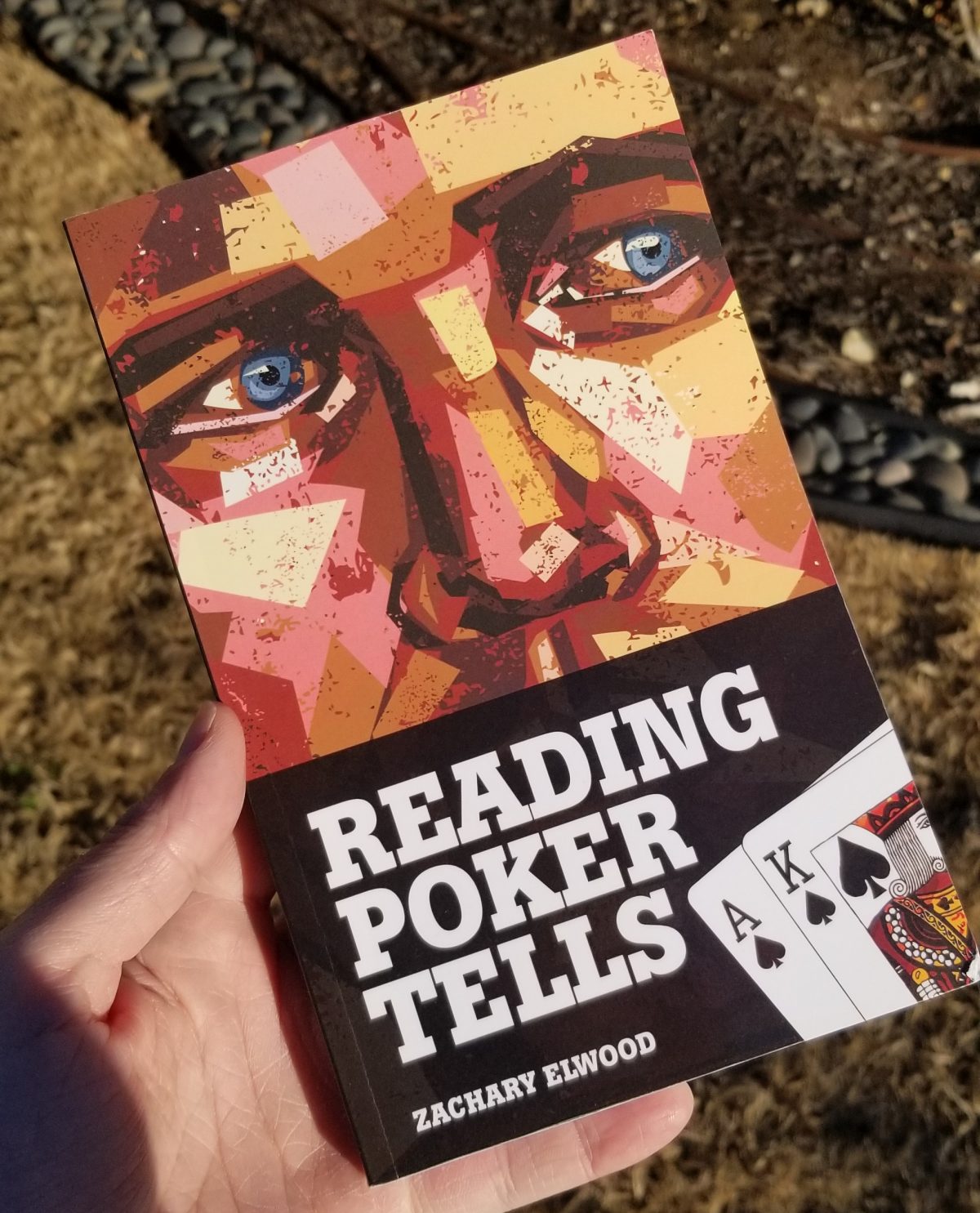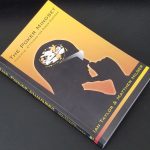Reading Poker Tells by Zachary Elwood helps poker players of all skill levels by teaching them how to interpret and exploit the nonverbal behaviors of their opponents. It focuses on basic body language and facial expressions in specific scenarios, explaining how to spot tells such as eye movements, posture, speech patterns, and betting patterns.
For a long time, Caro’s Book of Poker Tells has been known as the de facto book on the topic of nonverbal behaviors of opponents in the game of poker. But there are a number of criticisms of that book, namely related to its age and some controversial perspectives. Comparatively, Elwood’s Reading Poker Tells provides more modern styles and examples, while also delving further into more advanced concepts.
While Caro’s book focuses on separating tells between “actors” vs. “non-actors”, Elwood’s book instead categorizes tells by the stage of a hand relative to what action has taken place. Specifically, Reading Poker Tells categorizes tells across the following:
- Waiting-for-action tells,
- During-action tells, and
- Post-bet tells.
Elwood furthermore breaks actions down by whether they represent strength or weakness. Interestingly, some human tendencies actually represent strength in some scenarios, while representing weakness in others.
For example, consider an opponent who is staring silently at the board. If this player is exhibiting this behavior while waiting for action, it may represent strength, as he does not want to give away his intention of betting or raising. However, if he has already bet, this same behavior may represent weakness, similar to how prey would not want to encourage a predator by moving or otherwise drawing attention. This observation by the author is quite distinct from Caro’s book, which correlates each tell with an absolute meaning of strength or weakness.
Although Elwood references Caro’s book and agrees with aspects of certain tells, he does state several criticisms of the book. Specifically, the biggest problems he seems to have with Caro’s book are:
- The strict grouping of tells by actors/non-actors,
- Presenting tells as absolute, regardless of the current action, and
- “Weak means strong, and strong means weak” is an oversimplification of how to interpret poker tells.
Reading Poker Tells also dives into more advanced concepts, such as how to use deception to mislead opponents, and how to use psychological profiling to gain an edge. It covers specific scenarios explaining how to get an advantage against opponents, questionable as they may be. Understanding how to use these exploits further provides insight into when they are being used against you and how to appropriately respond.
Overall, Reading Poker Tells is a comprehensive guide to understanding and exploiting behaviors of opponents in the game of poker. It covers a wide range of topics, while providing practical, actionable advice that players of all skill levels can use to improve their game. Whether you’re a beginner looking to gain an edge, or an experienced player looking to refine your skills, this book is an invaluable resource.
Reading Poker Tells is available on Amazon.







